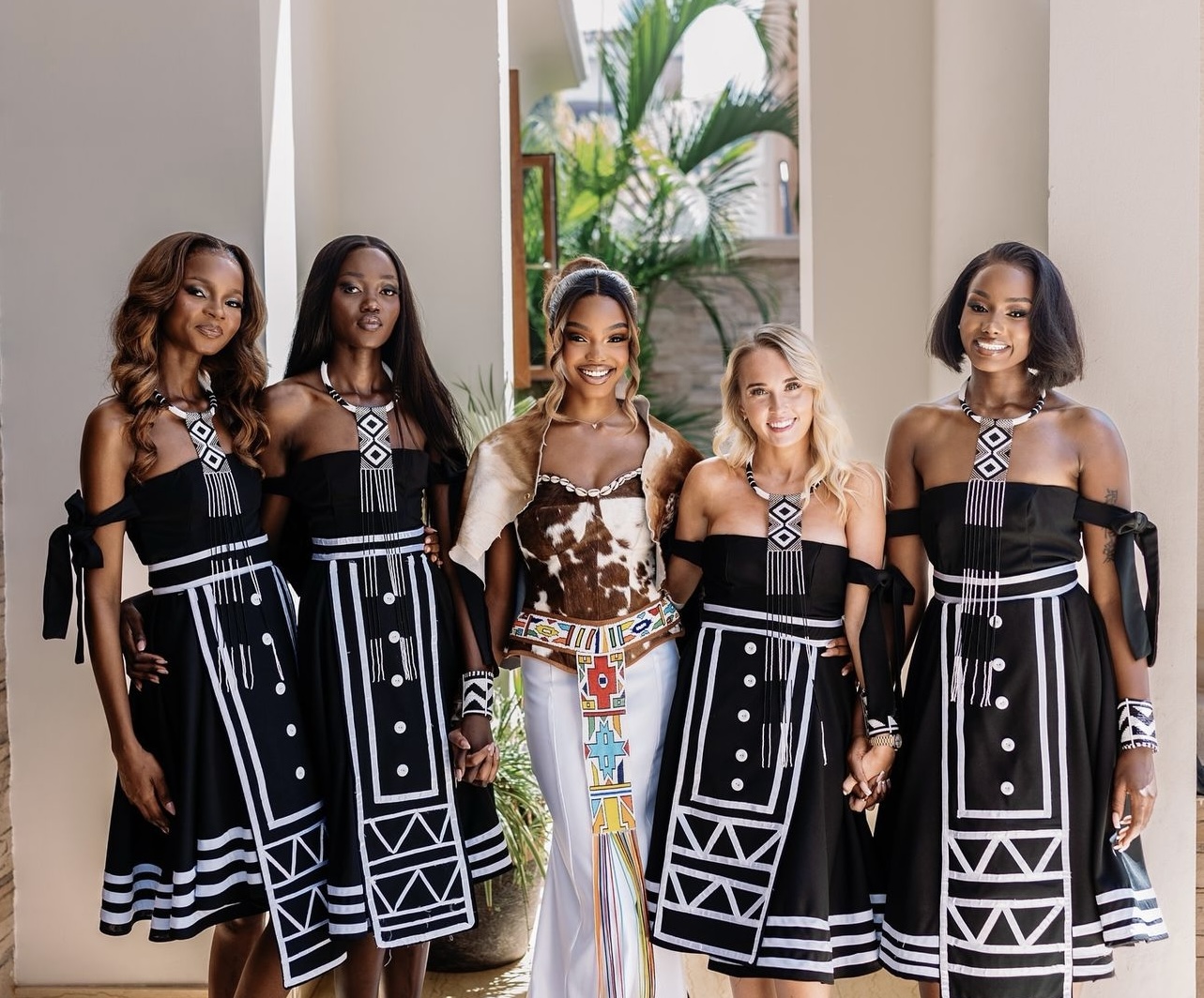Nairobi, Kenya, October 30- Halloween, celebrated annually on October 31, is a holiday recognized for its spooky decorations, costumes, and festive activities. While the day is rooted in ancient European traditions, its observance has spread worldwide, with people marking it in their own unique ways, including in some African countries, albeit on a smaller scale.
The Ancient Origins of Halloween
Halloween traces its origins to the Celtic festival of Samhain, celebrated over 2,000 years ago in what is now Ireland and parts of Northern Europe. The Celts, marking the end of the harvest season, believed that on this night, the boundary between the living and the dead blurred, allowing spirits to walk among humans. To ward off any unwelcome spirits, people would light bonfires and don costumes made from animal skins.
When Christianity spread through Europe, the holiday was transformed to fit Christian beliefs and came to be known as All Hallows’ Eve, the night before All Saints’ Day on November 1. Gradually, the spooky traditions of Halloween, like wearing costumes and sharing ghost stories, continued to be passed down, evolving into a lighter, more fun celebration over the centuries.
Halloween in the Modern Era
Today, Halloween is particularly popular in North America, where it is celebrated with trick-or-treating, costume parties, haunted houses, and pumpkin carving. It has become a largely commercialized holiday, with stores stocked with decorations, costumes, and candies in anticipation of the season. Halloween’s themes now range from the spooky and supernatural to the simply whimsical, drawing participants from all walks of life.
Halloween’s Reception in Africa and Kenya
In African countries, including Kenya, Halloween is less commonly observed but is slowly gaining popularity, particularly in urban areas. Young people and families sometimes gather for Halloween-themed parties, while schools, restaurants, and entertainment venues organize costume events to mark the day. Social media has also played a significant role in spreading Halloween’s imagery and activities, as people post photos of themselves in costumes or attend themed gatherings.
Some Kenyans may view Halloween as a cultural import with limited relevance. However, others enjoy it as a lighthearted opportunity to dress up, celebrate with friends, and explore creativity. Kenya’s exposure to global media has contributed to Halloween’s visibility, making it familiar to younger generations. While it’s not a deeply rooted tradition, the day is increasingly celebrated in Kenya’s urban centers and among expatriates, students, and young families who may see it as an opportunity for entertainment and social connection.
Halloween’s Themes and Their Appeal
Whether in the Americas, Europe, or Africa, Halloween’s universal appeal may come from its themes of mystery, transformation, and storytelling. Dressing up in costumes allows people to playfully engage with different characters, while horror tales and spooky decorations tap into the thrill of the unknown. In Kenya, these same themes resonate with a spirit of fun rather than superstition, adding a modern twist to the festival.
So, while Halloween may not be deeply embedded in Kenyan or African culture, its growing popularity reflects the globalizing world and people’s curiosity to explore traditions from different cultures. The day allows a time to unwind, connect with others, and celebrate creativity—values that resonate universally, even if the meaning of Halloween continues to evolve across different societies.









